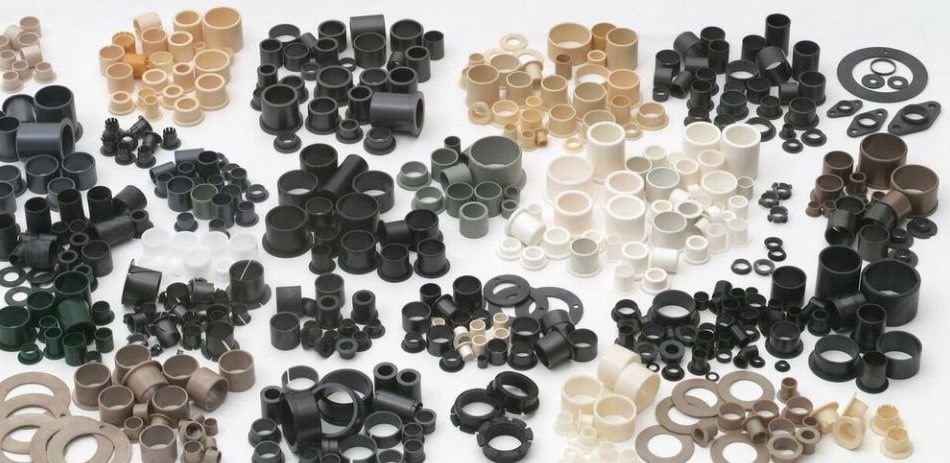In the case of plastics, less friction can significantly reduce the presence of microplastics in the environment
Industry experts estimate that up to 23% of global energy consumption can be attributed to friction losses. That thesis extends to the Plastics Industry, which is why the Potsdam Fraunhofer Institute for Applied Polymer Research IAP and the SKZ Plastics Center in Würzburg have developed microcapsules that enable self-lubricating plastics.
According to the Fraunhofer Institute, in the case of plastics, reduced friction can also reduce the presence of microplastics in the environment. Its self-lubricating plastics, he details, achieve up to 85% less wear than traditional ones.
Self-lubricating plastics
Whether it’s sliding doors, plastic gears, or other moving components, a variety of applications subject materials to friction. Plastics manufacturers sometimes incorporate solid lubricants into plastics to reduce component wear. However, a relatively small number of solid lubricants are suitable for plastics processing. On the contrary, there is a much wider range of liquid lubricants, some of which are more effective.
In a cooperative effort, the two research institutes have succeeded in encapsulating liquid lubricants in such a way that they can be incorporated into polymers as functional substances and then develop all the advantages of a liquid lubricant in the component.
However, mixing with thermoplastics at high temperatures without damaging the capsules represented a significant challenge.
“We were able to incorporate the liquid lubricant-filled Fraunhofer IAP microcapsules into thermoplastics using a twin screw extruder,” explains Moritz Grünewald, researcher in the Materials Development Group at the SKZ Plastics Center.
“The most challenging task was mixing the microcapsules with thermoplastics at high temperatures without damaging the capsules. Only when friction occurs on the final component, the capsules break and release the lubricant. This allows the component to lubricate itself automatically. Our friction and wear tests showed a reduction in wear of up to 85% on plastic-steel pairings. Therefore, the components last significantly longer and generate less microplastics, ”said Grünewald.
Based on these results, the materials system is being further optimized for potential applications. Development is now focused on improving the mechanical and thermal properties of self-lubricating plastics.

